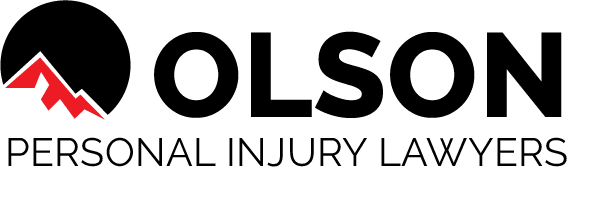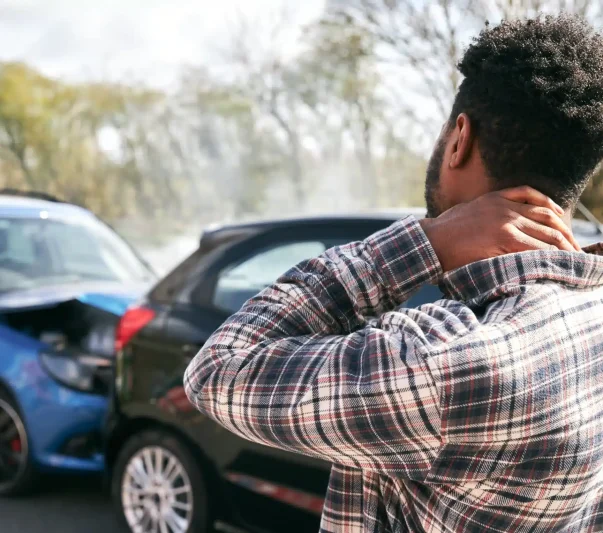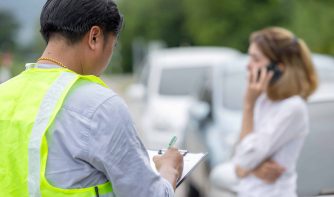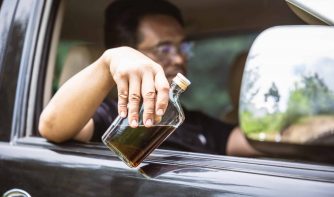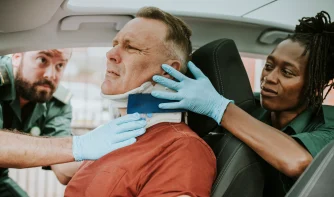Figuring out who is at fault for a car accident can be difficult enough with just two vehicles involved, but a chain-reaction crash adds a layer of complexity. These accidents involve multiple vehicles colliding in a series of impacts, often triggered by an initial crash. Determining liability requires a detailed investigation into the role of each driver and the factors that led to the chain of events.
In chain-reaction accidents, multiple drivers may share responsibility, and the cause of each collision needs to be analyzed. Factors such as weather, road conditions, and driver behavior all play a part in establishing fault. Given the complexity, working with our experienced attorneys is essential to ensure all parties are held accountable and victims receive the compensation they deserve.
How Do Chain-Reaction Accidents Happen?
While chain-reaction crashes can have any number of causes, some of the most common scenarios include:
- Rear-end collisions – If a car rear-ends the vehicle in front of it in heavy traffic, the second vehicle may lurch forward and hit a third car. Alternatively, if a driver suddenly slams on the brakes, the motorists behind them may not be able to stop in time to avoid a crash, potentially leading to a pileup.
- Collisions while merging or passing – If a driver is not careful while attempting to overtake another vehicle or merging in heavy traffic, they might sideswipe a car next to them. That collision can, in turn, send the struck vehicle into another car nearby.
- Collisions at intersections – Many chain-reaction crashes happen at intersections, where motorists traveling in different directions have to navigate potentially complicated right-of-way rules. One of the most common examples is when a motorist runs a stop sign or light and T-bones the vehicle that had the right of way.
Who Is Liable for Chain-Reaction Crashes?
Establishing liability can be complicated in chain-reaction crashes because multiple parties may share fault. What’s important to remember is that liability is based on negligence, meaning that anyone who failed to take reasonable steps to prevent an accident may be partially liable for it.
For example, let’s say three vehicles are traveling in a row in the same traffic lane approaching a stop sign. The driver in the middle vehicle is tailgating the lead vehicle and can’t stop in time to avoid hitting it as it brakes, causing a crash that the driver in the rear vehicle also cannot avoid. In this case, the driver of the middle car would likely be found negligent. However, if the driver in the rear car should have been able to avoid the collision had they not been distracted at the time, they might also share a degree of liability for the accident.
In short, it is difficult to say with any degree of certainty which driver may be liable for a given chain-reaction crash without conducting a thorough investigation of the circumstances.
Recovering after a car crash can be challenging, especially when dealing with injuries and insurance claims. Our experienced car accident attorneys are here to take the burden off your shoulders and fight for your rights, so you can focus on healing.
Evidence of Liability for a Chain-Reaction Accident
Some of the types of evidence that can be used to determine liability in a chain-reaction crash include:
- Police accident reports
- Photos from the accident scene
- The accounts of the drivers involved
- Eyewitness testimony
- Reports from forensic accident investigators
- Videos from nearby traffic or surveillance cameras
- Medical records
Why Insurance Companies Don’t Like to Settle Chain-Reaction Accident Claims
Insurance companies often fight claims related to chain-reaction accidents because they know the complexity makes it relatively easy for them to deny or diminish their client’s share of liability. Furthermore, they know that you could have a hard time establishing your claims in court, particularly if you’re handling your case on your own. That is why you need help from a chain-reaction accident lawyer.
Contact Our Experienced Personal Injury Attorneys Today for Help
If you’ve been injured in a chain-reaction crash caused by someone else’s negligence, you have the right to seek compensation. At Olson Personal Injury Lawyers, we have the experience and expertise to investigate the circumstances surrounding your accident, identify all liable parties, and protect your rights. Contact us today for a free consultation with a Denver auto accident attorney, and let us help you navigate the legal process to secure the compensation you deserve for your recovery.
